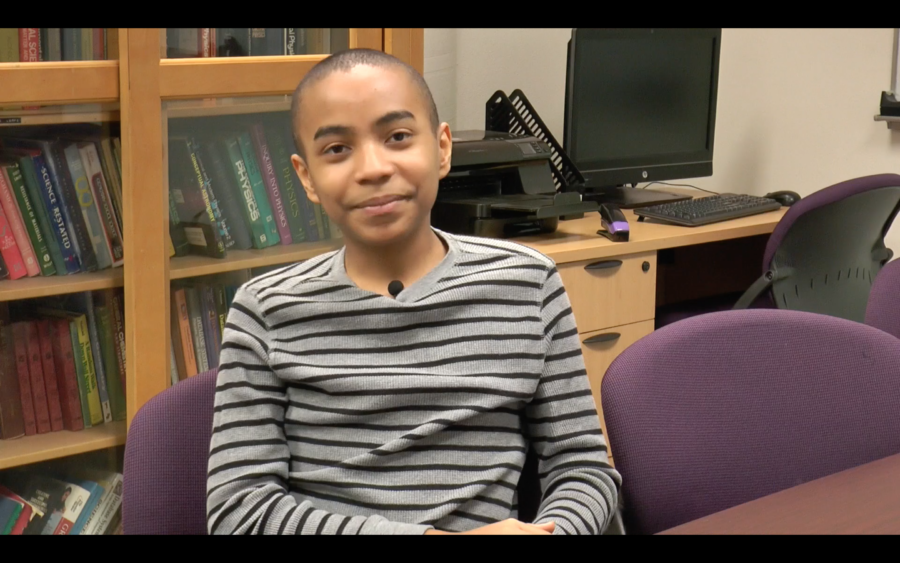That’s the perception of the fashion world. But it’s not all about designer labels, champagne bubbles and the overnight success of the beautiful people.
It’s about hard work, global issues and an entrepreneurial spirit, and no one exemplifies that better than the head of the design, merchandising and textile department, Sally Fortenberry.
Fortenberry didn’t always know she was headed for fashion. “My favorite subjects in high school included business law, transcription and business math,” she said.
“During college I decided I definitely wanted to teach. However, I also remember stating that if things did not go as I hoped they would with teaching, I would go back to law school (to pursue business or divorce law).”
Fortunately, after graduating from college and teaching at a high school twice the size of the college she attended in Tennessee, things did go well. She went on to get a master’s degree in textile sciences and became department chairwoman at TCU in 1997.
Fortenberry came into her role as department chairwoman with a few simple goals.
Overall, she said she believed the program was already excellent.
“It just needed more resources to be its best,” Fortenberry said. “We have been able to obtain some of those and thus see positive changes as a result.”
Adding full-time faculty to the department to accommodate the growing number of students interested in the program was key. Since 1997, the number of the department’s majors has increased from about 175 to almost 350, Fortenberry said.
The increase in interest stems from another goal she accomplished — increasing the visibility of the program throughout the metroplex and campus. She said there is an indication that more students are selecting TCU in order to major in one of the department’s two majors. It also houses the interior design program.
So why chose a fashion degree from a small, private university rather than one geared specifically for future fashionistas?
“The TCU fashion merchandising program is highly competitive with other programs,” Fortenberry points out. “We have the advantage of being located in a major metropolitan area where many of the nation’s largest retailers and manufacturers are located along with the Dallas Apparel Mart, World Trade Center and Market Hall.”
Another advantage of TCU’s program is the required 10-week internship. Prior to Fortenberry, students were placed in a position. Now, students must interview with at least three companies and “must actually be offered the internship on their own merits,” she said.
Students are taking more risks in finding a company to intern with, she said. Instead of just focusing on the Dallas/Fort Worth area, past interns have gone to New York, Chicago, California and London to learn at companies such as Louis Vuitton, Donna Karan, Chanel, W magazine and Alberta Ferretti. Fortenberry herself will obtain an internship this spring while on sabbatical. In order to continue to provide the most current knowledge for courses offered, she will work with Neiman Marcus and Zale’s Corp. for a mini, hands-on internship.
“I will be placed with the senior buyer one day, the head of visual merchandising another day,” she said. It is important to continue learning about current trends in the industry rather than just giving the students textbook facts. This will give students further advantage in the “challenging, dynamic and progressive” aspects the industry embodies.
“I believe it is imperative for me to keep learning, growing and gaining more knowledge for the benefit of my students. Retirement is a long way away for me,” Fortenberry said. Even when that day comes, she said she will still be actively connected with the industry through consulting or freelance work.
For now, fashion students are anxiously waiting for her to return to campus where she always has her door open to chat or give guidance for their future entry into the glitzy world — make that academic world — of fashion.


